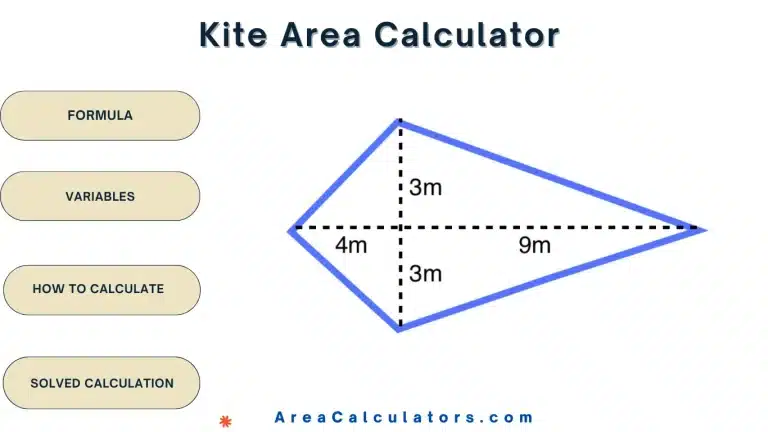Divide the standard deviation of NN intervals (SDNN) by the root mean square of successive differences (RMSSD) to find heart rate variability (HRV).
The Heart Rate Variability (HRV) Calculator helps determine fluctuations in the time interval between heartbeats, a critical indicator of autonomic nervous system health.
HRV is commonly used in fitness tracking, stress monitoring, and medical diagnostics. A higher HRV suggests better cardiovascular fitness and adaptability, while a lower HRV may indicate stress or potential health issues.
Formula:
Contents
HRV = SDNN / RMSSD
| Variable | Meaning | Units |
|---|---|---|
| HRV | Heart Rate Variability | Dimensionless ratio |
| SDNN | Standard Deviation of NN Intervals | Milliseconds (ms) |
| RMSSD | Root Mean Square of Successive Differences | Milliseconds (ms) |
Solved Calculations
Example 1: Calculating HRV for Person A
| Parameter | Value |
|---|---|
| Standard Deviation (SDNN) | 50 ms |
| RMSSD | 30 ms |
| HRV Calculation |
The HRV for Person A is 1.67.
Example 2: Calculating HRV for Person B
| Parameter | Value |
|---|---|
| Standard Deviation (SDNN) | 80 ms |
| RMSSD | 40 ms |
| HRV Calculation |
The HRV for Person B is 2.0.
What is the Heart Rate Variability Calculator?
The Heart Rate Variability (HRV) Calculator is a practical tool that is exclusively designed to measure the variations in time intervals between consecutive heartbeats.
These variations are a critical indicator of autonomic nervous system function and overall heart health. By providing precise HRV calculations, this tool helps users assess their stress levels, recovery state, and fitness.
To determine heart rate variability, the calculator analyzes data such as the R-R intervals from heartbeats, which can be obtained from ECG readings or wearable devices. For instance, devices like Garmin HRV calculators and fitness trackers often measure HRV automatically.
A higher HRV typically indicates good cardiovascular health and recovery, while a dangerously low HRV can signal stress, fatigue, or potential health concerns.
The HRV values are often compared using heart rate variability charts categorized by age and gender. For example, a heart rate variability chart for females or age-specific HRV data can help users determine what falls within a normal HRV range.
This tool is especially beneficial for athletes, healthcare professionals, and individuals monitoring their health. By understanding what constitutes a good HRV ratio and learning how to increase HRV, users can take steps to improve their overall well-being through lifestyle changes, relaxation techniques, and exercise.
Final Words:
Ultimately, the Heart Rate Variability Calculator is a reliable tool for assessing heart health and stress levels. It empowers users to monitor their HRV, identify potential health issues, and work towards improving their overall cardiovascular performance.





